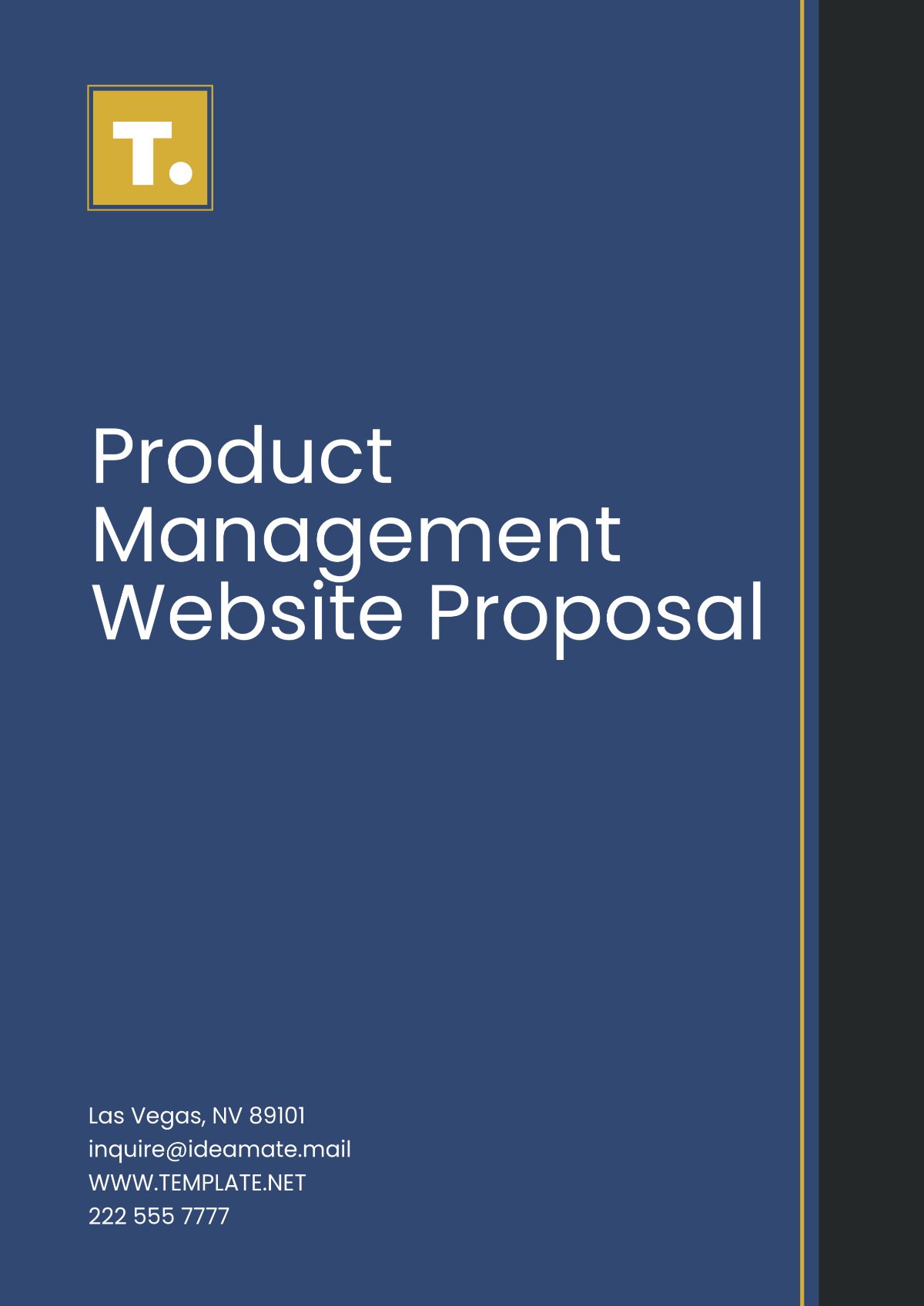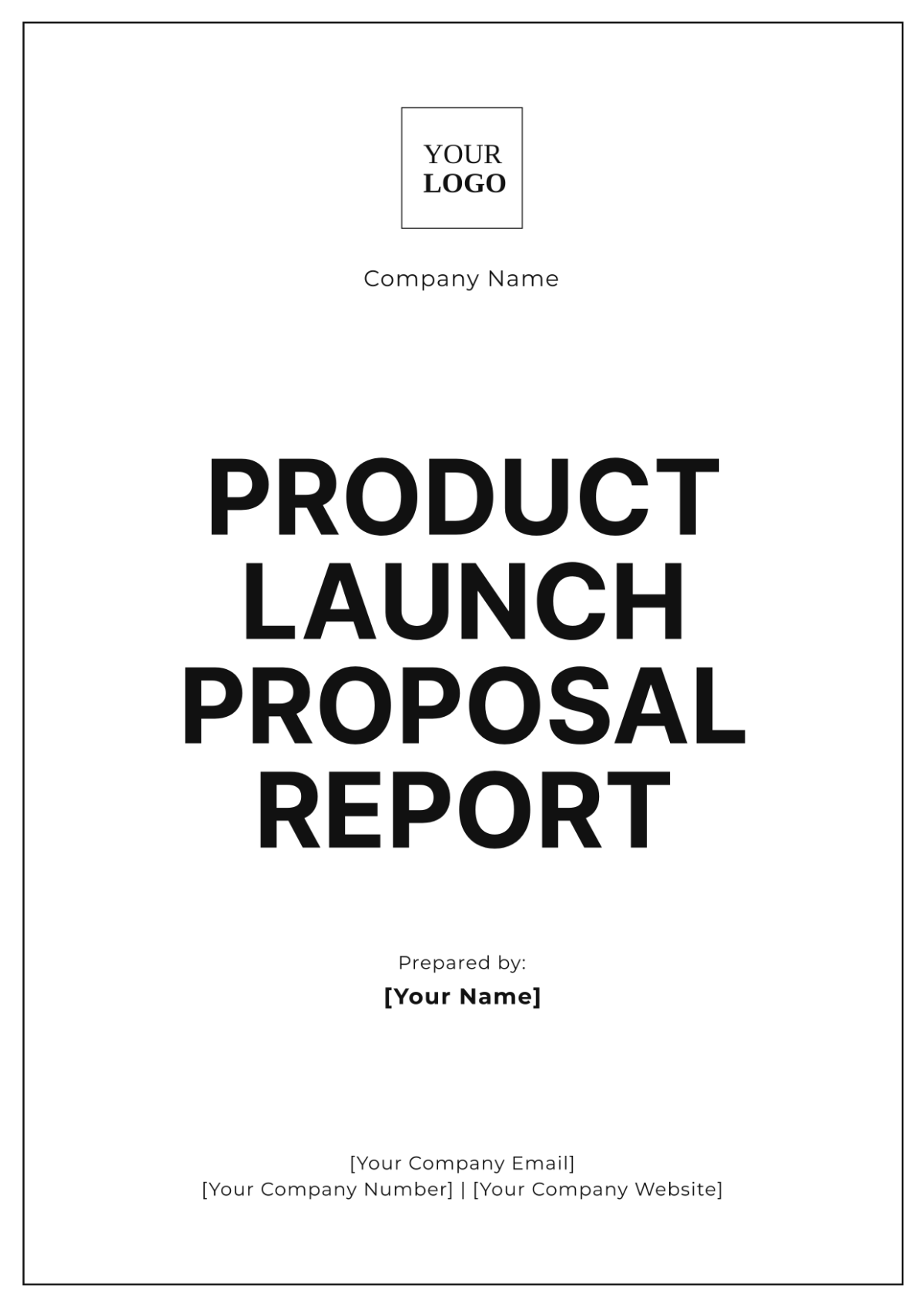Agriculture Product Positioning Proposal
I. Introduction
In today’s fast-evolving agricultural landscape, there is an increasing demand for advanced technological solutions that can address complex challenges and enhance productivity. Farmers and agricultural professionals are facing a myriad of issues, from optimizing crop yields and managing resources to meeting stringent sustainability requirements and adapting to climate change. In response to these pressing needs, [Your Company Name] is dedicated to leading the way with innovative tools and processes that will revolutionize the agricultural industry. This proposal outlines a comprehensive plan designed to introduce state-of-the-art technologies and streamline our operations to ensure that we remain at the forefront of the market. By focusing on advanced solutions and forward-thinking practices, we aim to enhance our efficiency, productivity, and overall market position.
Our approach involves a detailed strategy for modernizing [Your Company Name]’s agricultural practices through the integration of cutting-edge tools and optimized processes. We have identified key areas for improvement and developed a robust plan that includes the deployment of innovative technologies, the enhancement of existing systems, and the refinement of operational workflows. This initiative is designed to create a more effective, sustainable, and competitive agricultural environment. Through these advancements, [Your Company Name] is committed to not only meeting the current demands of the industry but also setting new benchmarks for excellence and success in the ever-evolving agricultural market.
II. Objective
As the agriculture industry continues to evolve, [Your Company Name] recognizes the need for technological advancements that can drive growth and operational excellence. Our primary objective is to harness the power of innovative technologies to significantly improve our productivity, reduce operational costs, and enhance customer satisfaction. This proposal outlines a strategic plan to integrate cutting-edge software solutions, modernize our existing infrastructure, and equip our employees with the skills they need to embrace new technologies. By achieving these goals, we aim to position [Your Company Name] as a leader in the agricultural sector, ready to meet the challenges of today and tomorrow.
To accomplish this vision, we have defined three key objectives:
Enhance Productivity: Deploy advanced software solutions and automated systems to streamline agricultural processes, increase efficiency, and boost overall productivity. This includes implementing precision farming technologies, advanced data analytics, and integrated management systems.
Reduce Operational Costs: Upgrade existing infrastructure and optimize resource management to lower operational expenses. Our approach will focus on cost-effective solutions that reduce waste, improve energy efficiency, and minimize maintenance costs.
Improve Customer Satisfaction: Provide comprehensive training for employees to ensure they are adept at using new technologies and delivering exceptional service. We will also develop robust support systems and customer feedback mechanisms to enhance the overall customer experience.
III. Scope
To effectively achieve the objectives outlined in this proposal, [Your Company Name] will focus on several critical areas that will drive our technological advancement and operational success. The scope of this proposal encompasses a range of initiatives designed to address the immediate and future needs of our agricultural operations. By concentrating our efforts on these specific areas, we aim to ensure a seamless transition to new technologies, optimize our infrastructure, and empower our workforce to achieve our strategic goals.
The scope of this proposal covers the following key areas:
Software Implementation
Infrastructure Upgrade
Employee Training
Monitoring and Evaluating Success
V. Software Implementation
To achieve the ambitious goals of this proposal, [Your Company Name] plans to implement a suite of advanced software solutions designed to streamline our operations, enhance productivity, and support strategic decision-making. In a rapidly evolving agricultural industry, leveraging the right technologies is crucial for maintaining competitive advantage and achieving long-term success. Our proposed software solutions will address key operational needs, from integrating business processes to managing customer relationships and analyzing market data.
We have carefully selected three core software solutions that will play a pivotal role in our technological advancement. Each solution has been chosen for its ability to address specific challenges and deliver substantial benefits. The following table outlines the software we plan to implement, along with its purpose and the expected benefits for [Your Company Name]:
Software | Purpose | Benefits |
|---|---|---|
ERP System | Integrate various business processes | Increased efficiency, real-time data access |
CRM Software | Manage customer relations | Improved customer satisfaction, better sales tracking |
Business Intelligence Tool | Analyze data for informed decision making | Enhanced strategic planning, better market insights |
VI. Infrastructure Upgrade
To support the successful implementation of our new software solutions and to ensure that [Your Company Name] operates with the highest efficiency and security, we propose a comprehensive upgrade of our current technological infrastructure. This upgrade is essential for creating a robust, scalable, and future-proof foundation that will enable us to fully leverage advanced technologies, streamline our operations, and safeguard our data. Our infrastructure upgrade plan is designed to address three key areas: upgrading servers and networking equipment, migrating to cloud-based platforms, and enhancing cybersecurity measures.
1. Upgrading Servers and Networking Equipment
The first step in our infrastructure upgrade is to modernize our servers and networking equipment. This involves replacing outdated servers with high-performance, reliable hardware that can handle increased processing demands and support the new software solutions. We will invest in state-of-the-art servers with enhanced processing power, memory, and storage capacity to manage large volumes of data and ensure seamless software performance. Additionally, we will upgrade our networking equipment, including switches, routers, and firewalls, to ensure high-speed, stable, and secure connectivity across all systems and locations. These upgrades will improve network reliability, support faster data transfer, and facilitate efficient communication between various components of our infrastructure.
2. Migrating to Cloud-Based Platforms
In the second phase of our infrastructure upgrade, we will transition from on-premises systems to cloud-based platforms. Cloud computing offers enhanced accessibility, flexibility, and scalability compared to traditional infrastructure. By moving to cloud-based solutions, we will enable remote access to data and applications, support real-time collaboration, and scale resources up or down based on demand. This migration will include the adoption of cloud storage solutions for secure data backup and disaster recovery, as well as cloud-based applications for improved operational efficiency and cost management. The transition to the cloud will also allow us to benefit from advanced features and updates provided by leading cloud service providers.
3. Ensuring Cybersecurity Measures are Up-to-Date
The final component of our infrastructure upgrade plan is to strengthen our cybersecurity measures. As we implement new technologies and expand our digital operations, it is crucial to protect our systems and data from potential threats. We will enhance our cybersecurity framework by deploying advanced security solutions, including next-generation firewalls, intrusion detection systems, and comprehensive endpoint protection. We will also implement regular security assessments, vulnerability scans, and employee training programs focused on cybersecurity best practices. These measures will safeguard our digital assets, protect against cyber-attacks, and ensure compliance with industry regulations and standards.
By addressing these three critical areas, our infrastructure upgrade will create a solid foundation for the successful implementation of our software solutions and support our long-term goals. These enhancements will enable [Your Company Name] to operate more efficiently, securely, and flexibly, positioning us for continued success in a competitive agricultural market.
VII. Employee Training
The success of our proposed technological advancements hinges significantly on our employees' ability to adapt to and effectively use the new systems and processes we plan to implement. Recognizing that our workforce is a crucial component of this transformation, [Your Company Name] is committed to providing a comprehensive and effective training program. This training initiative is designed to ensure that all employees are well-prepared to embrace the new technologies, maximize their benefits, and contribute to the overall success of the project. Our training program will consist of three main components: workshops and seminars, hands-on training sessions, and continuous support and learning resources.
1. Workshops and Seminars on New Software Usage
To introduce employees to the new software solutions, we will organize a series of workshops and seminars. These sessions will be led by experienced trainers and software experts who will cover the fundamental aspects of the new systems, including software features, functionalities, and best practices for effective use. The workshops will provide employees with a comprehensive overview of the new tools, demonstrating how they can be applied to their specific roles and responsibilities. Additionally, these sessions will offer opportunities for employees to ask questions, engage in discussions, and receive immediate feedback. By addressing both theoretical and practical aspects of the software, these workshops will lay a strong foundation for successful implementation.
2. Hands-On Training Sessions
Building on the foundational knowledge gained from the workshops, we will offer hands-on training sessions where employees can practice using the new software and systems in a controlled environment. These interactive sessions will be designed to simulate real-world scenarios and provide employees with practical experience. Participants will work through guided exercises and case studies, allowing them to familiarize themselves with the software’s features and functionalities. This hands-on approach will help employees build confidence in using the new technologies and address any challenges they may encounter. By offering individual and group training sessions, we will ensure that all employees receive the personalized support they need to master the new systems.
3. Continuous Support and Learning Resources
To support ongoing learning and address any issues that arise post-implementation, we will provide continuous support and access to a range of learning resources. This will include the creation of a comprehensive knowledge base with user guides, FAQs, and troubleshooting tips, as well as the establishment of a dedicated helpdesk for technical support. We will also offer follow-up training sessions and refresher courses to keep employees updated on new features and best practices. Additionally, we will encourage a culture of continuous improvement by providing access to online forums, discussion groups, and professional development opportunities. This ongoing support will help employees adapt to the new technologies and ensure they continue to develop their skills over time.
VIII. Monitoring and Evaluating Success
To ensure the successful implementation and to measure the impact of the proposed changes, we will include the following monitoring and evaluation approach:
Setting clear KPIs and benchmarks
Regular progress review meetings
Feedback mechanisms for employees and stakeholders
Below is a tentative timeline for the project implementation:
Milestone | Timeline |
|---|---|
Initial Planning and Assessment | Month 1-2 |
Software Installation and Testing | Month 3-4 |
Infrastructure Upgrade | Month 4-6 |
Employee Training | Month 6-8 |
Evaluation and Adjustments | Month 9-12 |
IX. Conclusion
By adopting the proposed technological advancements outlined in this proposal, [Your Company Name] will be strategically positioned to address future challenges and seize new opportunities in the agricultural industry. The comprehensive approach we have presented is designed to enhance operational efficiency, reduce costs, and deliver superior service to our customers. Each component of the plan—ranging from the implementation of advanced software solutions to significant infrastructure upgrades and a robust employee training program—has been carefully crafted to ensure that we not only meet but exceed our strategic goals.
Our proposed ERP system, CRM software, and Business Intelligence tools will provide the technological foundation needed to integrate business processes, manage customer relationships, and make informed decisions based on real-time data and advanced analytics. These solutions will drive efficiencies, improve customer satisfaction, and provide valuable market insights that will support our long-term growth and competitive edge.
In addition to technological advancements, our commitment to upgrading our infrastructure and investing in employee training demonstrates a dedication to building a resilient and adaptable organization. Upgrading servers and networking equipment, migrating to cloud-based platforms, and enhancing our cybersecurity measures will ensure that we have a robust and scalable infrastructure to support our technological initiatives. Meanwhile, our comprehensive training program will equip our employees with the knowledge and skills necessary for effective technology adoption and continued success.
We are excited about the potential of this proposal to transform [Your Company Name] and set a course for future achievements. We look forward to discussing the details of this proposal further and working together to implement these advancements. This is an exciting opportunity for us to embark on a transformative journey that will strengthen our position in the market, enhance our operational capabilities, and foster a culture of innovation and excellence.







